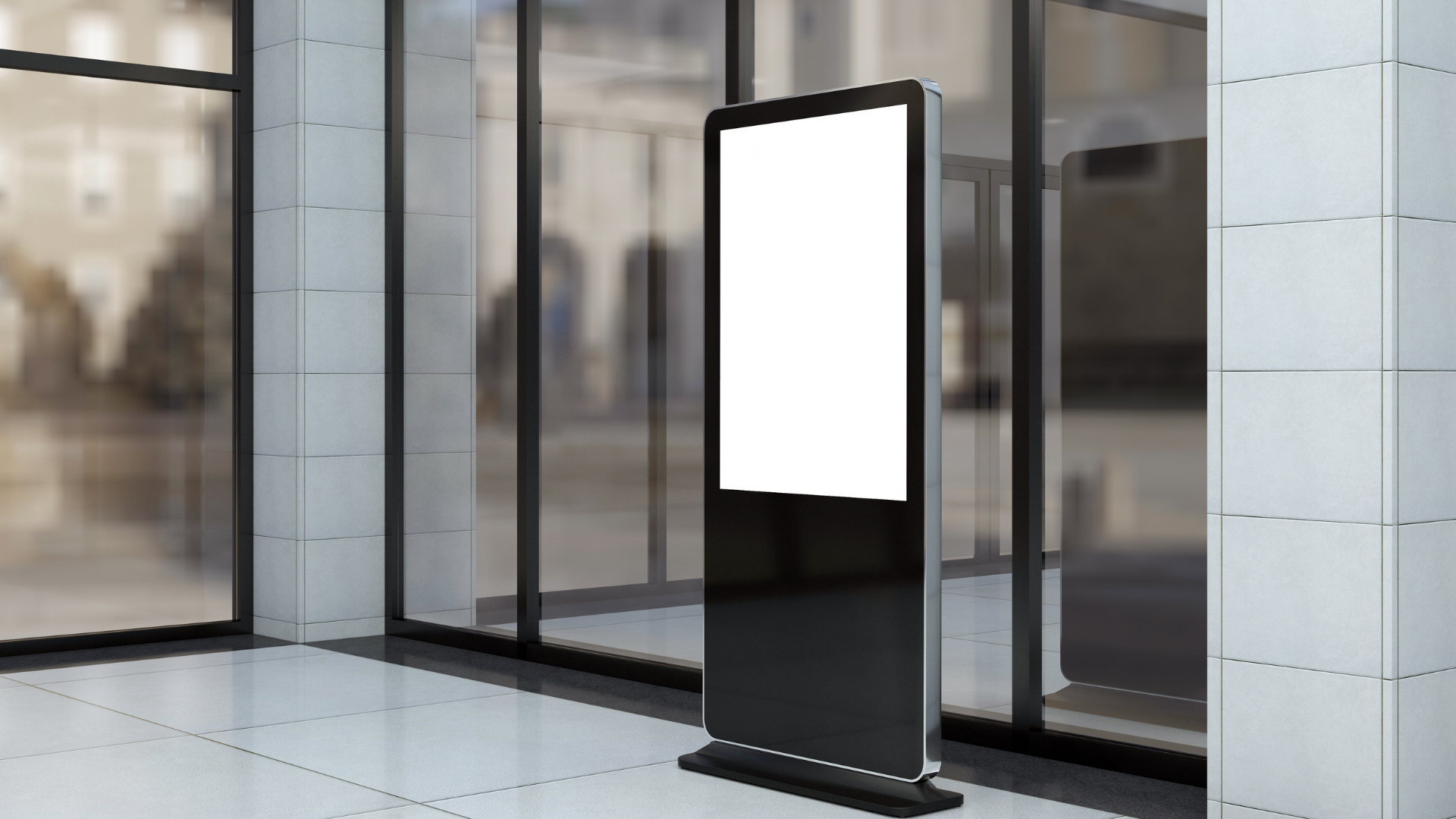Digital Out-of-Home (DOOH) Advertising
Digital Out-of-Home Advertising (DOOH) uses digital screens and displays in public spaces to deliver advertisements, messages, or other content. DOOH leverages dynamic digital screens and technology to create engaging and interactive experiences.

What is DOOH Advertising?
Digital Out-of-Home (DOOH) advertising is the modern evolution of traditional out-of-home (OOH) advertising, using digital screens instead of static billboards or posters. These screens display dynamic, high-impact content in public spaces, allowing for real-time updates, audience targeting, and interactive engagement.
Where does DOOH advertising work best?
1. Urban Areas & Retail Environments
Urban Panels: Digital displays at urban centers and high-traffic intersections.
In-Store Displays: Digital kiosks and screens near checkouts or in aisles for promotions.
Gas Stations & C-Stores: Screens at gas stations and convenience stores.
Big Box Retailers: Digital displays near the entrances or exits of major retailers.
2. Entertainment and Lifestyle Venues
Bars & Restaurants: Digital displays in each venue in common areas, restrooms, and other high-traffic areas.
Sports Arenas & Stadiums: Scoreboard ads, concession areas, and seating zones.
Concert Halls & Event Venues: Entryways and common areas.
3. Healthcare & Public Spaces
Hospitals & Clinics: Waiting room screens or exam room displays.
Pharmacies: In-common areas, entrances, or near checkout at major pharmacy retailers.
4. Educational and Community
K-12 Schools: Digital and static displays in common areas, sports facilities, and other high traffic locations within schools.
Campuses: Digital displays at Universities
Community Centers & Public Parks: Digital screens within common areas, sports facilities, and other high-traffic locations.
Hyper-Local Targeting
Display ads in targeted communities based on health disparities, demographic data, and population density to ensure maximum impact. By leveraging geographic, socioeconomic, and behavioral insights, DOOH campaigns can be strategically placed where they are most needed and most effective.
Digital Out-of-Home FAQs
What is DOOH advertising?
DOOH (Digital Out-of-Home) advertising refers to digital media displayed in public spaces, including billboards, transit screens, malls, healthcare facilities, and other high-traffic areas.
How is DOOH different from traditional OOH advertising?
DOOH uses digital screens instead of static prints, allowing for dynamic, real-time updates, audience targeting, and interactivity.
Where can DOOH ads be placed?
DOOH ads can be found in various locations, such as shopping malls, retailers, gas stations, healthcare facilities, gyms, convenience stores, and more.
How does DOOH advertising target audiences?
DOOH can use data-driven targeting, such as location-based data, demographics, and behavioral insights, to reach specific audiences at the right time.
Is DOOH effective for public health campaigns?
Yes, DOOH is highly effective for public health education, as it allows for dynamic messaging, real-time updates, and placement in high-traffic, health-related environments like pharmacies and clinics.
Can DOOH be used for local businesses?
Absolutely! DOOH is an excellent option for local businesses, allowing them to reach nearby customers with relevant, location-specific messaging.
Let’s Talk.



